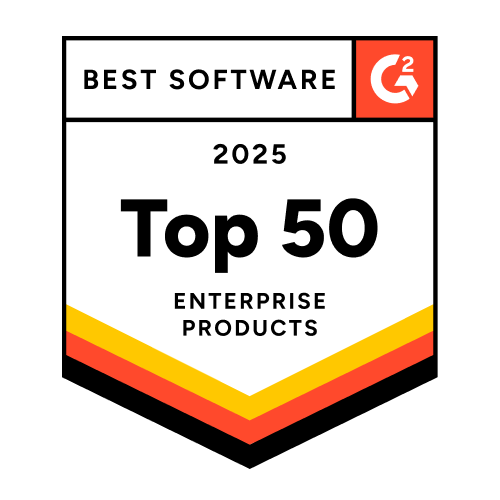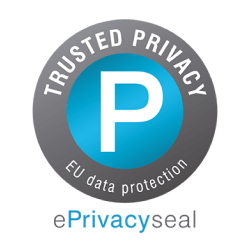What is Segment-Based Personalization?
Segment-based personalization lets you tailor marketing messages and experiences to distinct audience groups based on shared characteristics. For example, you might send exclusive offers to repeat customers who live in a specific city, while sharing first-purchase discounts to new users based on their location and browsing habits.
Why use Segment-Based Personalization?
- Increase Campaign Relevance: You can deliver messages that match each segment’s stage in the customer lifecycle, driving measurable improvements in open and conversion rates.
- Optimize Marketing Spend: By targeting only those segments most likely to respond, such as visitors with high discount affinity or loyal customers, you reduce wasted resources and improve ROI.
- Test and Refine Strategies: Segmenting allows you to A/B test offers, messaging, and product recommendations within specific groups, making it easy to identify what converts best for each type of customer.
Segment-Based Personalization vs. Individual Personalization
| Feature | Segment-Based Personalization | Individual Personalization |
| Autonomy | Manual, rule-based | Automated, AI- or behavior-driven |
| Context | Broad groups (e.g., location, lifecycle stage) | Personal history, preferences |
| Integration | Easily integrates with campaigns | Often integrates with CDPs, AI engines |
| Learning | Periodic, through testing | Continuous, as more data is collected |
| Example | Email to all high-value cart abandoners | Push notification for one user who browsed but didn’t buy |
FAQs
Start with your business goals, such as increasing repeat purchases or boosting engagement. Use demographic, behavioral, and lifecycle data to create groups that reflect these goals. Regularly test and update these segments as your customers and campaigns evolve. For practical strategies, see Behavioral Segmentation: How it works, types, and examples.
You need data on customer activities (e.g., purchases, site visits, email opens), demographics (location, age), and engagement history. Platforms like Insider’s CDP simplify collecting and unifying this data for more precise segmentation. Learn more at What is a Customer Data Platform?
Yes. You can use anonymous visitor data (browsing behavior, device type, location) to create actionable segments and deliver tailored experiences, even before users share personal contact details. Refer to Anonymous Visitor Personalization for examples.












